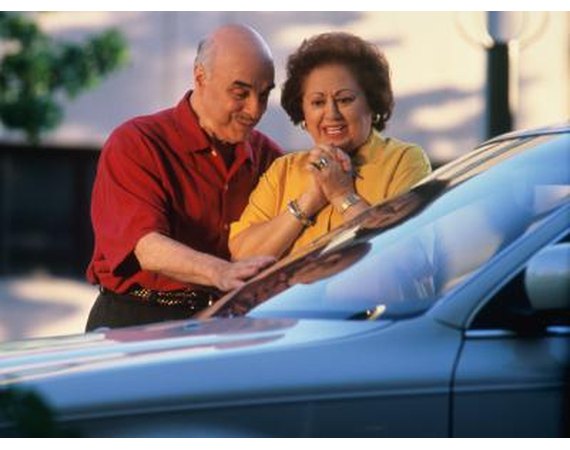
Buying a bank repo vehicle can save you a lot of money on the final purchase price versus shopping at a dealership, but it is not without risks. The key is locating auctions and doing your homework before you start the bidding.
Instructions
- 1
Locate an auction. Frequently, bank repossession auctions are not well publicized, so it may take a little digging to find an event. Some events are advertised on local TV stations, online and in your local paper, but if you are serious about buying a vehicle at a repo auction, consider signing up for a membership with an auctions listings group, like Gov Auctions.org. Although there is a fee involved in joining these sites, they are good sources for finding the unadvertised auctions.
2Study the auction guidelines. Once you have located an auction to attend, find out when the gates open for you to check out the vehicles, when the bidding starts, what payments are accepted and if there is any kind of warranty or return period. According to Auto Broker Magic, most auctions have a free 90 day warranty for all vehicles purchased.
3Learn about the cars. Repo auctions will offer a list of the vehicles to be auctioned a few days before the event. Choose your favorites and use the Kelly Blue Book and NADA to learn more about vehicles values and how they compare to other cars. Also get a CarFax report on the vehicle history. The auction listings will provide all of the information you need to order the report.
4Inspect the cars. On the day of the auction, get a good look at the vehicles. You will not be allowed to test drive them but you can start them up, listen to the engine and give the vehicle a thorough visual inspection. According to Auto Broker Magic, you should make sure the car moves smoothly between gears, turn on the heat and air conditioning to be sure they work, remove the oil dipstick to look for bubbles that indicate water in the oil, inspect the interior for signs of dampness and look for rust or peeling paint on the exterior. Also ensure that the turn signals, lights and all power equipment like doors and windows work.
5Start bidding. Once you are comfortable with a vehicle, bid on the car. The exact process depends on the procedure set up by the auction you are attending.
0 comments:
Post a Comment